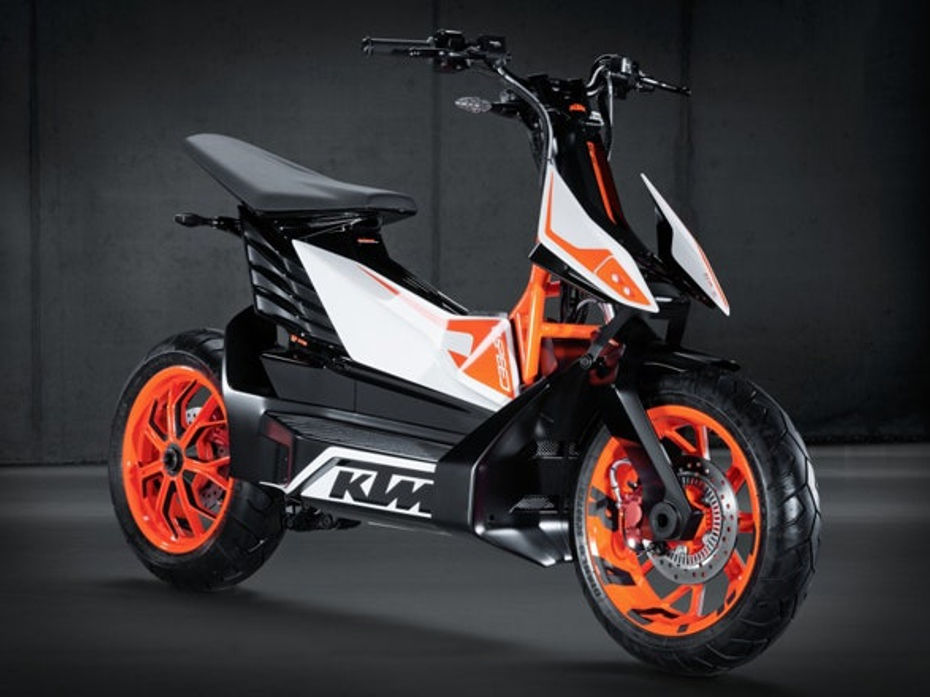
Ola Steps Into The EV World, Starts Testing Electric Scooters In India
- Feb 1, 2021
- Views : 13500


KTM, Yamaha, Honda and Piaggio have signed a letter of intent to form a consortium, to create swappable battery technologies that are common to all four brands. Keen enthusiasts would know the move is similar to what the Japanese Big Four (Honda, Kawasaki, Suzuki, Yamaha) did in Japan back in 2019.
Chances are the brands’ project will be enforced in Europe first, followed by other markets worldwide. Work is scheduled to begin in May 2021. The consortium's primary objective will be to, and we quote, “to define the standardized technical specifications of the swappable battery system for vehicles belonging to the L-category: mopeds, motorcycles, tricycles and quadricycles.”

Once the swappable battery packs are standardised, it will be easier for the four brands to develop their own electric two-wheelers that would be compatible with a common swappable battery pack. This way, the four brands can set up swap stations at several places, thus bringing down the range anxiety considerably. Swappable battery technology is a lot more versatile than fast charging, considering it shaves off the downtime for an EV even further. In India, Revolt jump-started the swappable battery revolution in a big way, with the introduction of the country’s first electric motorcycle, the Revolt RV 400. If you’re curious, check out our review here.
We believe KTM will be able to leverage what it has learned from Bajaj in terms of low-cost manufacturing. This way, KTM could contribute by coming up with cost-efficient chassis engineering solutions.

While Bajaj itself isn’t a part of the consortium, we reckon they might implement the standard once it is developed. And the fact that it has close ties with KTM, a member of the consortium, should also help in its case. What do you think? Let us know in the comments below.
Representative images used

Ola Steps Into The EV World, Starts Testing Electric Scooters In India

Kabira KM 3000, KM 4000 Review In Images

Yamaha Trademarks E01 & EC-05 Electric Scooters

BREAKING: 2024 KTM 250 Duke Launched With A New Colour Option

BREAKING: 2024 KTM RC And Adventure Range Launched With New Colours

KTM AG Now Owns Majority Stake In MV Agusta

2024 KTM 390 Adventure and 390 Adventure R Spied Testing Together In...

2024 KTM RC 8C Launched Abroad; KTM Cup Returns For A 2nd Season!

KTM And Husqvarna Bikes Receive 5-Year Extended Warranty For Free

Upcoming Two-Wheeler Launches In March 2024
India's largest automotive community